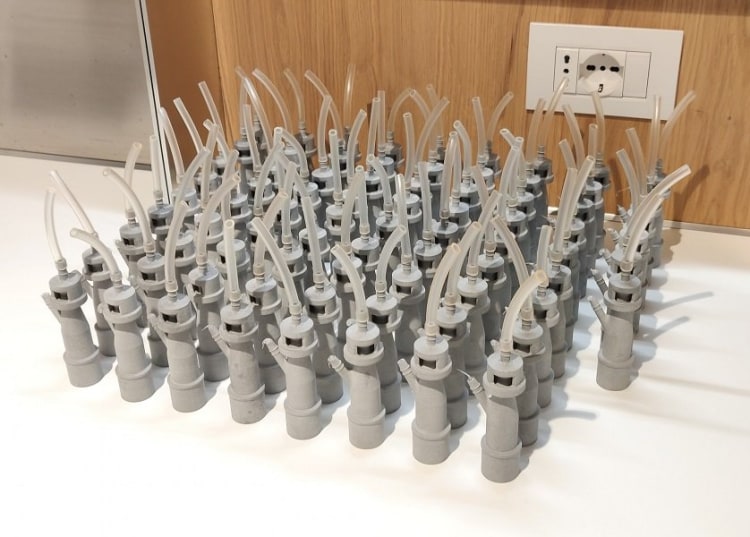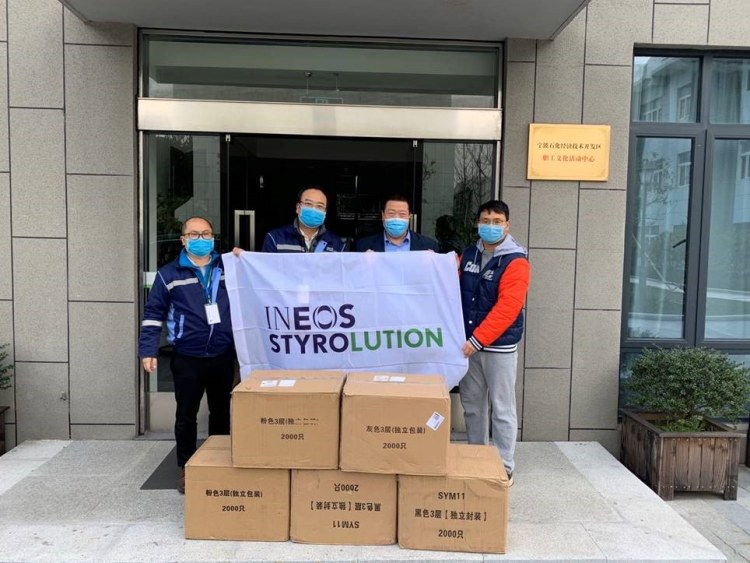
After first paralyzing China, the ongoing coronavirus pandemic is now testing the very fabric of societies worldwide. It is challenging governments, companies and individuals alike, while reinforcing the key role played by plastics and polymers in keeping people safe and healthy.
The irony is that, until recently, plastics in some quarters was being considered the scourge of the earth, from a sustainability perspective. But the need to find ways to contain the spread of the virus and to both serve patients and protect healthcare workers and others has served to underscore the very properties that help to make plastics so vital to society – including its ability to promote hygiene while being highly disposable.
Single-use plastics play key role
Some government bodies, including in the U.S. states of New York and Maine, have stopped eco-driven plans to implement bans on single-used plastics such as retail shopping bags, as they are less likely to spread germs than frequently reused fabric carriers. Others have un-banned expanded polystyrene food containers, as they are unquestionably effective as packages for take-out and home-delivery food from restaurants.
Meantime, the demand for certain types of plastic-intensive products is soaring. This includes housings and parts for medical gear such as respirators and ventilators, as well as personal protective equipment (PPE) for healthcare workers such as masks, gowns, and goggles. And as hospitals and clinics in some areas struggle to keep up with the patient influx, other standard medical products continue to help the cause – from polycarbonate syringes and IV components, to PVC medical tubing and blood bags.
3D printing to the rescue
Additive manufacturing has a vital role to play, as well. Recently, an Italian 3D printing start-up called Issinova jumped into action, reverse-engineered a valve for a ventilator machine, and within hours was able to produce replacements for out-of-stock valves that helped to save the lives of several people in a hospital in Brescia. Local news reports said the company used a filament extrusion process and several Fused Deposition Modeling (FDM) machines to 3D print a plastic valve at a cost of about $1 per part. The original part costs about $11,000, according to the report. Others see additional opportunities to use 3D printing to produce critical, in-demand medical components in the face of ongoing parts shortages.

Italian 3D printing start-up Issinova reverse-engineered and printed this ventilator valve when a local hospital faced an urgent shortage.
In Wisconsin, meanwhile, a U.S. plastics publication recently reported, PET sheet manufacturers, 3D printers and packaging companies are joining forces to turn out clear plastic face shields that are badly needed in the University of Wisconsin health system.
Ineos Styrolution donates masks
Styrenic resin supplier Ineos Styrolution, meanwhile, in early March sent 20,000 single-use face masks to be distributed to communities across local districts of Foshan and Ningbo, in support of China’s response to coronavirus. Ineos says it sourced these supplies through its networks within the Asia Pacific region. The firm sent 10,000 single-use face masks to Sanshui Center of Disease Control in Foshan, as well as to the Ningbo Petrochemical Economic and Technological Development Zone in Ningbo.

Ineos Styrolution leveraged its Asia Pacific supply chain to collect and donate face masks for use in China.



